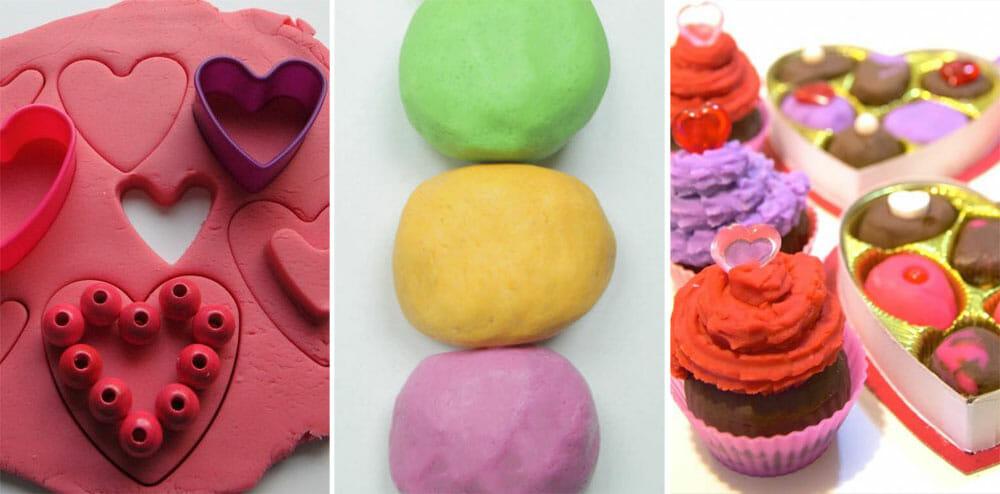Play-dough has been around for ages and is a near-universal childhood toy. As an adult, even I love to knead and roll the stuff! But as much fun as play-dough is, it’s also a great choice for kids with delays and disabilities. Following are a few ways play-dough can help kids with special needs:
- Stress Relief: All of that kneading and rolling is a great stress reliever for kids who struggle with anxiety and worry, and adding essential oils that have a relaxing and calming effect to the play-dough makes it an even better stress reliever.
- Fine Motor Skills: The kneading, rolling, cutting, shaping and pinching helps build muscle as well as increase coordination and dexterity.
- Speech and Learning: Play-dough can be used to teach shapes, numbers, and colors, especially for kids who are visual learners. Play-dough is also great for developing language; I’ve included some tips below on how to incorporate language into play-dough play.
Are you ready to use play-dough with your child? Below I share a recipe for homemade play-dough using items you likely already have around the house, as well as some language-building tips to sneak some learning into playtime.
Homemade Play-Dough
What You Need:
- Cookie cutters (hearts, lips, candy)
- Pink, red, purple food coloring
- 1 cup of flour (whatever kind you have on hand)
- ¼ cup of salt
- ½ cup of water
- 3 to 5 drops of natural food coloring
- Essential oils, such as lavender, for calming benefits (optional)
How to Make It:
- Mix together the flour and the salt.
- Mix together ½ cup of warm water with a few drops of food coloring.
- Slowly pour the water into the flour mixture, stirring as you pour. Stir until combined, then knead with your hands until the flour is completely absorbed. If the dough is too sticky, add more flour until it doesn’t stick at all.
Tips for Incorporating Language During Play-Dough Playtime
- Encourage requesting by using carrier phrases such as “I want __”, “I need ___” and “May I have ___?”
- Teach following directions using examples like these: “Take the red play-dough and make a heart”, “Make cupid’s arrow with the red play-dough”, “Make a big piece of candy”
- Expand vocabulary by writing little messages on the created play-dough hearts. You could write conversation messages on paper and stick them to the play-dough and talk about it or use a toothpick and write words on the hearts.
- Teach verbs such as mix, open, stir, smash, cut, bend, push.
- Target attributes. Create fun shapes with the play-dough. Step away from the ordinary shapes and make play-dough cupcakes, roses with stems, or chocolates (bonus if you have an empty chocolate heart box laying around that your child can fill). Make the play-dough bumpy, rough, smooth. Create polka dots, lines, stripes, swirls.
- Ask questions to increase your child’s ability to answer “WH” questions: “What are you making?” “What are you doing to the play-dough?” “What color is that?” “What shape is that?” “How do you make a heart?” “Where is the blue play-dough?”
Bonus Idea: Create play-dough valentines for classmates! Buy mini play-doughs and add printable notes. Follow the link below for free printables.
Sources:
- A Simple All-Natural Homemade PlayDough Recipe (by DIY Natural)
- Valentine’s Playdough (by Playdough to Plato)
- Rose-Scented No Cook Play Dough (by Danya Banya)
- Adorable and Free Play-Doh Valentine Printables (by Printable Crush)
Caitlin Layfield, MS, CCC-SLP








